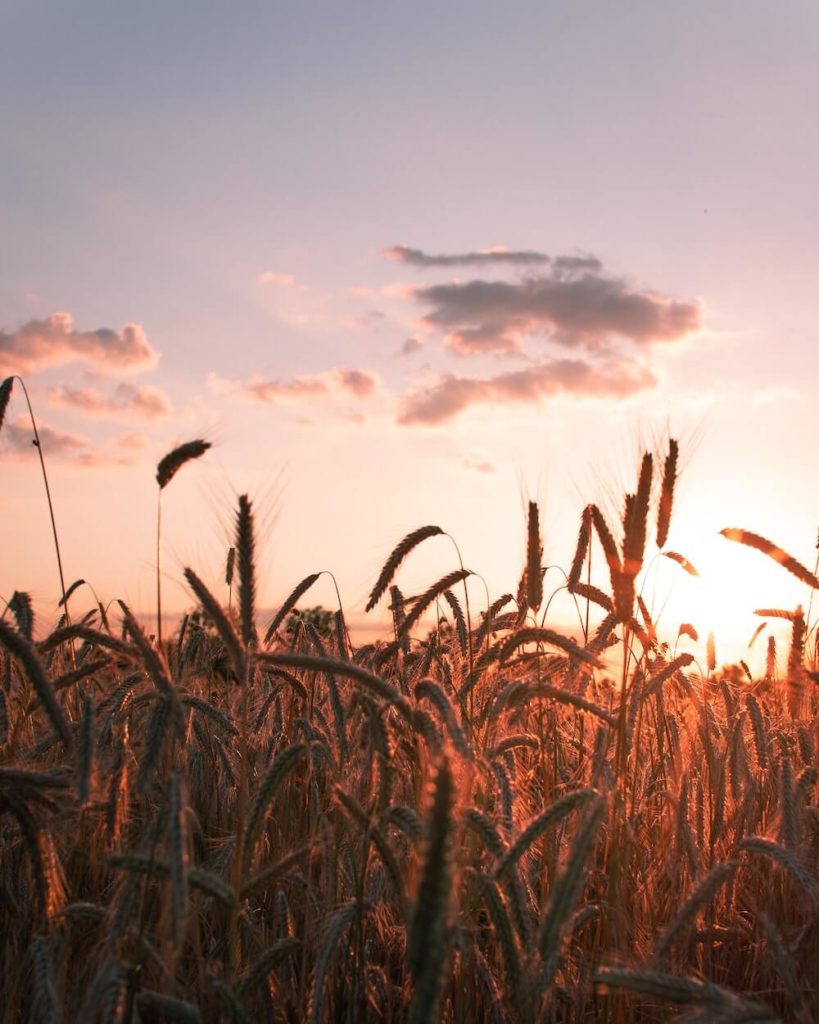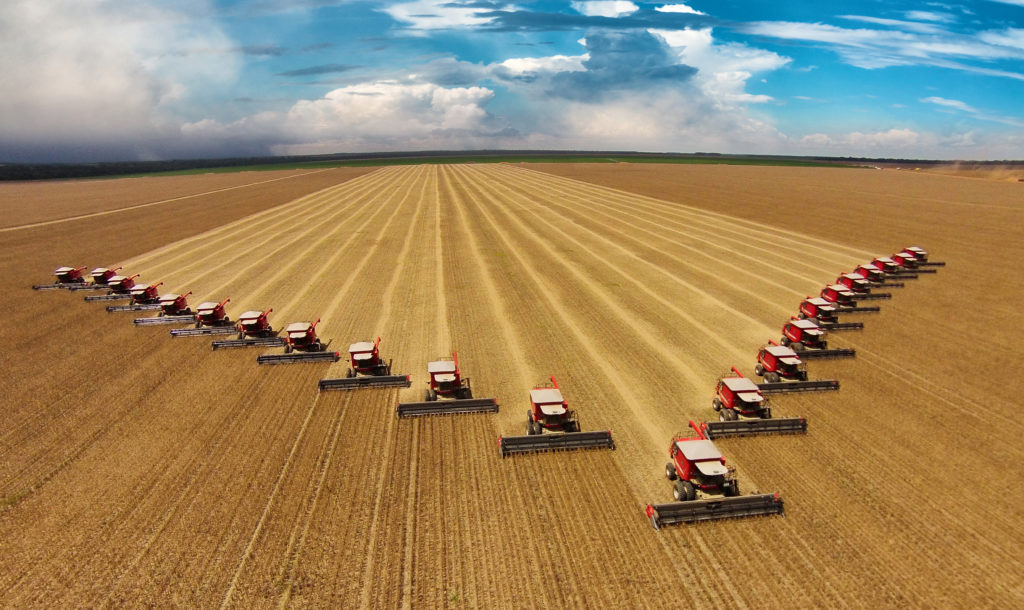
Sign in
Sign in to save favorite properties and equipment, save your search parameters and more
Don’t have an account yet? Sign Up Now
Sign up
Already have an account? Login Now


Sign in
Sign in to save favorite properties and equipment, save your search parameters and more
Don’t have an account yet? Sign Up Now
Sign up
Already have an account? Login Now
A century farm is one that’s been in a family for over one hundred years. It’s an obvious enough fact, but one you probably wouldn’t come across unless you were talking to a farmer who owns one, like John Herrity.
To clarify, he’s not the sole owner of his family’s ground – he and his siblings all claim a stake – but his family has been working the soil since 1888. Today, John mostly focuses on real estate as a recreational and large-land real estate specialist at Hayden Outdoors. But he didn’t get there by way of the city. John knows row crop farming as well as anyone can, because he’s been a part of it since he was born – a generational learner of loving and working corn and soybeans in rotation as constant as calendar years.
On a recent afternoon, John talked through some of the most important things to consider when buying row crop farmland providing a glimpse into the life-long expertise that sets Hayden Outdoors real estate agents apart from the rest.

In its simplest terms, row crop farming, or row cropping, is production agriculture. Plants are grown in rows and then harvested by the farmer. John adds, “It has its benefits, like tractors being able to move through fields without harming the plants, allowing for easier cultivation, watering, and maintenance. Row crop farming also facilitates the optimal number of plants per acre of ground.”
The Midwest is row crop country. South Dakota, Nebraska, Colorado, Kansas, and Iowa all offer premium farm land and growing conditions. Farmers can cultivate a variety of crops, including corn, soy, wheat, alfalfa, and organic vegetables. In the Dakotas, Iowa, and Illinois, corn and soybeans rotate because corn typically takes a lot of nutrients out of the soil while soybeans allow the land to replenish. In some parts of the region, and with the right fertilizers, it’s corn on corn combined with some no till practices.
The short answer is a few words – good crop rotation, herbicides, fertilizers, and watering. To elaborate on that, optimizing crop yield and productivity involves using a combination of sustainable farming practices such as precision agriculture, soil health management, and crop rotation. Farmers can collect and analyze data and then make informed decisions about when and where to modify practices resulting in more efficient resource use and increased crop yield.
It depends on what type of buyer it is. According to John, “There are generally two types of row crop buyers – producers and investors. Producers should look at the land for what they can grow. These days, the typical ag land buyer is very savvy. They know what they’re buying, the crops, numbers, and yields. Investors are interested in the income of the land and will want to invest in property that provides a viable return.”

Soil health is important in any kind of farming, but particularly in row crop farming. It directly affects crop health and yields and the sustainability of the land. There are a variety of things farmers can do to improve soil health such as cover crops, composting, reduced tillage, and using fertilizers. John points out, “It’s important for row crop farmers to work with an agronomist who can take soil samples and determine which nutrients need to be supplemented.” Corn and soy rotation is considered best practice to help preserve soil health.
Precision ag turns the field into a grid and farmers can take soil samples within that grid, pinpointing areas within the field that need less or different fertilizer. It reduces waste and input costs as well as minimizes environmental impact. “A lot is happening in the farm world that is making farming easier and more precise. There are GPS tractors that don’t require steering. In Brazil, they’re testing autonomous tractors. Pivot systems that have GPS functions are another technological breakthrough in farming. You can be sitting on your boat on the lake and water your fields from afar.”
There are a variety of row crop farming practices that prioritize environmental sustainability while optimizing crop yield, including reduced tillage, cover crops, composting, and organic farming. Reducing tillage can improve soil health and mitigate erosion while also increasing carbon sequestration. Cover crops aims to retain soil moisture, reduce weeds, and provide habitat for beneficial insects. Composting contributes to soil health and fertility, which reduces the need for synthetic fertilizers and organic farming eliminates the use of harmful pesticides and fertilizers.
As water and irrigation become increasingly relevant issues throughout the U.S., finding ways to conserve has also become important to a farm’s sustainability. While there are a variety of new technologies out there, such as drop irrigation, soil moisture sensors, and remote monitoring systems, John notes the most effective water saving technologies are actually within the seed selection itself. “Seed companies are researching genetically modified seeds that require less water or rainfall. It starts with knowing your regional seed salesman. Seed companies help educate farmers on what works best for that region and grow zone. It’s key to establish a relationship with a local agronomist for precise soil testing and amendment requirements.”
“If you’re looking to get into row crop farming, it’s best to find a farmer who is looking to pass the farm along to a younger generation. Farming used to be very generational – changing hands from parents to children and so-on. But these days, some kids don’t want to take over the family farm. They think the life is too remote or too difficult. In some of these cases, farmers can find someone who is looking to get into row crop farming. Other times, older generations don’t want to burden the younger family members with the estate, so they’ll sell the farm. We are seeing farms being sold to investors or real estate investment trusts (REITs).”
There are also government programs that can subsidize farm ownership if your land is enrolled. Farm Credit Services provides great lending opportunities for both investors and producers, and the Farm Service Agency offers first-time farmer financing up to $600,000.
In thinking about what makes the Midwest such optimal farm country – as it has been for hundreds of years – John replies, “Great climate, good rainfall. Farmers can increase their yields without additional irrigation. And of course, back in the day, pasture was important, too. Farmers found a good place to raise cattle, hogs, and families. And they settled and stayed.” Much like John’s family did in Elk Point, South Dakota in 1888.
These days, farms must meet an ever-growing demand, and families don’t always settle in for generations like they once did. But row crop farmland remains a very valuable commodity, and finding the right real estate agent to help you buy or sell it is essential to success.
The land experts at Hayden Outdoors know soil types and how to put a value on them. They understand regional rainfall, how much water it takes to grow corn, and what type of irrigation a particular crop requires. They’re an effective go-between for investors and producers. These aren’t your typical real estate agent qualifications, but it is the type of skill set you’ll find in your Hayden Outdoors professional – someone who knows how to buy and sell row crop farmland because it isn’t just a job or a hobby; it’s a lifestyle.